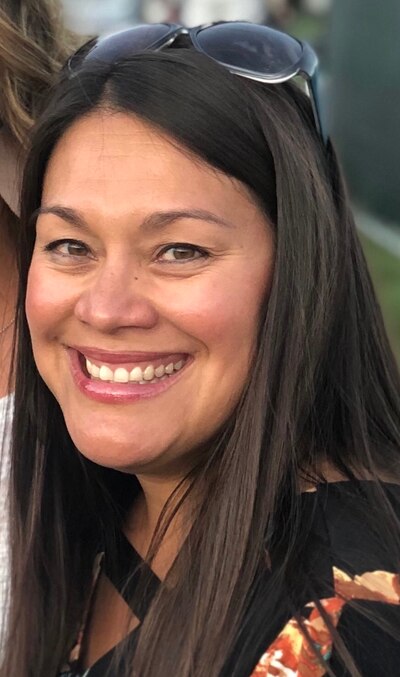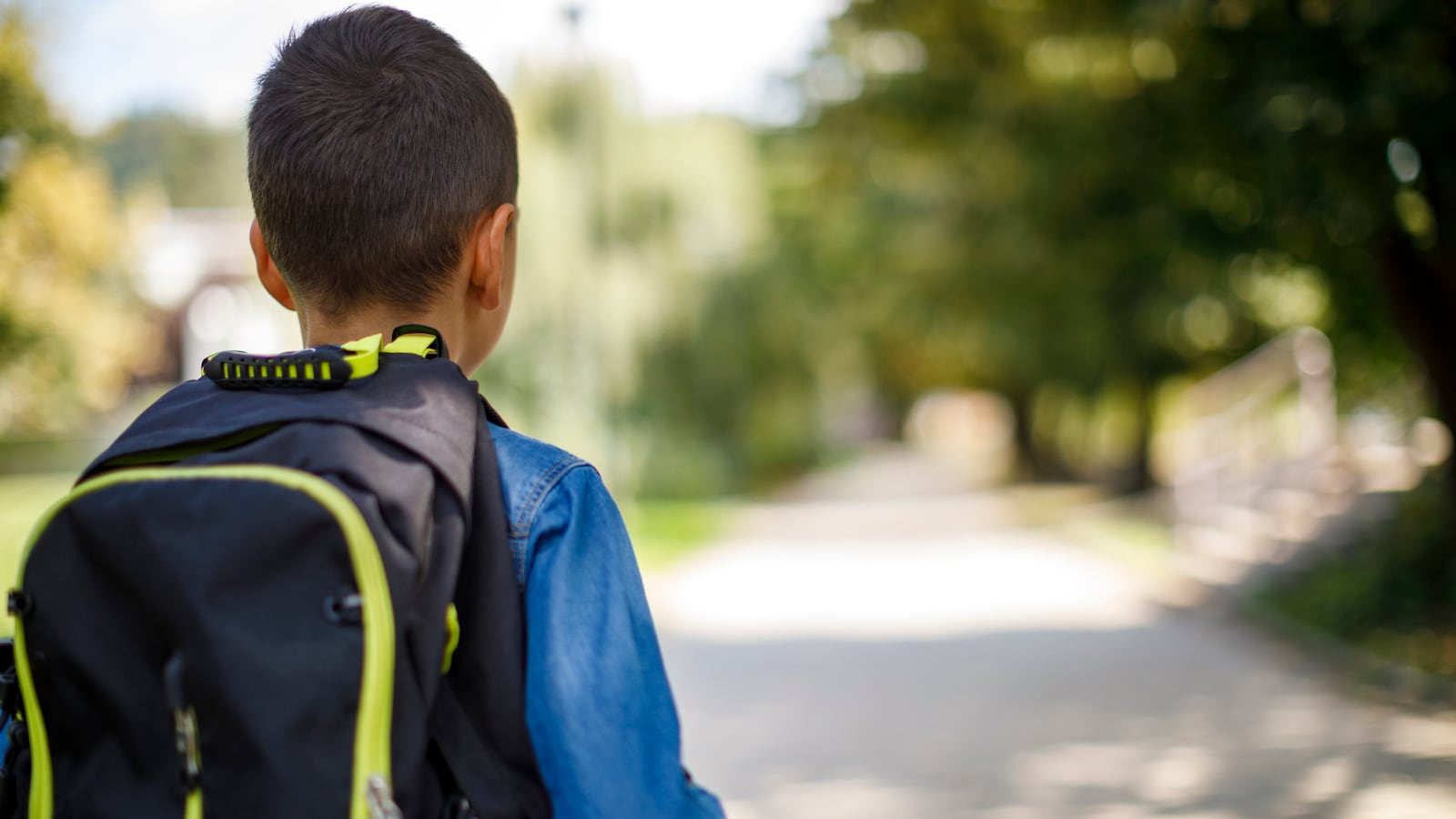Here, in a feature we call How I Teach, we ask educators who’ve been recognized for their work how they approach their jobs. You can see other pieces in the series here.
Grace De La Sala’s students invariably start to worry when they hear rumors about immigration raids in their western Colorado town, where about half the population is Hispanic, many of them immigrants. But De La Sala, an English language development teacher at Carbondale Middle School in the Roaring Fork school district, turns the rumors — often gleaned from social media or somebody’s cousin’s friend — into a lesson on credible sources.
“I let them know that a school is a safe place and I’ll do everything in my power to help them sort through and analyze information,” she said.
De La Sala was named the 2019 English as a Second Language teacher by the Colorado Association for Bilingual Education. She talked to Chalkbeat about why she cares more about student well-being than academics, how she gets students to confront materialism, and what she tells people when they ask what she makes.
This interview has been condensed and lightly edited.
Was there a moment when you decided to become a teacher?
I declared journalism as my major in college but soon found that I did not enjoy the classes. I did some soul searching and remembered how much I enjoyed tutoring my 10-year old neighbor who had difficulties reading. Being able to watch him grow and learn was extremely fulfilling and that’s the moment I decided to become a teacher.
How do you get to know your students?
I get to know my students by reaching out to their families before school starts. I introduce myself to their parents or guardians and always ask, “Is there something that I should know about your child to help me help them have success in school?” I also try and make as many positive phone calls home as possible.

I do connection circles throughout the year and emphasize that I care more about their well-being than academics. I weave character development into lessons, and that’s where I really get to know my students. I welcome my students at the door each period to make sure that they are OK to come into class and begin learning. When on overnight outdoor education field trips, I take any moment that I have with my students to get to know them. So, if I sit next to a student on the bus, I will ask a ton of questions to really find out about their interests. I get to school early and greet students in the cafeteria and will ask them what games they are playing or what music they are listening to.
Tell us about a favorite lesson to teach.
Teachers in my district collaborate to build English language development units. There’s a book, “The Table Where Rich People Sit” by Byrd Baylor and it’s a great story about a girl who wants her parents to make more money so they can buy things. One of the lessons dives into values and what values the students have. My students end up writing an essay with the prompt, does money buy happiness? It is really cool to see kids go from just wanting materialistic things and then reflect on what in life is really important, such as family.
What is the biggest challenge in working with students who are learning English?
Some of my students who are learning English have suffered trauma, and their basic needs are not being met. The biggest challenge is trying to meet those needs and have them learn. It’s really hard to learn when you miss your mom and haven’t eaten food all day. At my school, we have a family resource center to help, but some of my students need services that the school isn’t able to offer.
What’s something happening in the community that affects what goes on inside your class?
If there are rumors of immigration raids then that affects what goes on in my class. Students may hear about an immigration raid from a neighbor’s cousin’s friend or from Facebook. I turn it into a lesson on evaluating credible sources. I let them know that a school is a safe place and I’ll do everything in my power to help them sort through and analyze information.
Tell us about a memorable time — good or bad — when contact with a student’s family changed your perspective or approach.
When I first began teaching in this valley, the teachers were encouraged to do home visits. I quickly realized that many families were living with other families in tight quarters. Many of my students had to take care of younger siblings since their parents had two and three jobs. I realized how much parents love their children and all the sacrifices they make to ensure a better future for their kids. I realized it was my responsibility to prepare my students with the skills necessary to have a brighter future.
What was your biggest misconception that you initially brought to teaching?
My biggest misconception was that it would get easier each year.
What are you reading for enjoyment?
I am reading a book that was gifted to me, “Gmorning, Gnight!: Little Pep Talks for Me and You” by Lin-Manuel Miranda
What’s the best advice you’ve received about teaching?
The best advice I’ve received is what to say when people ask what I make. I always say I’m making a difference.


